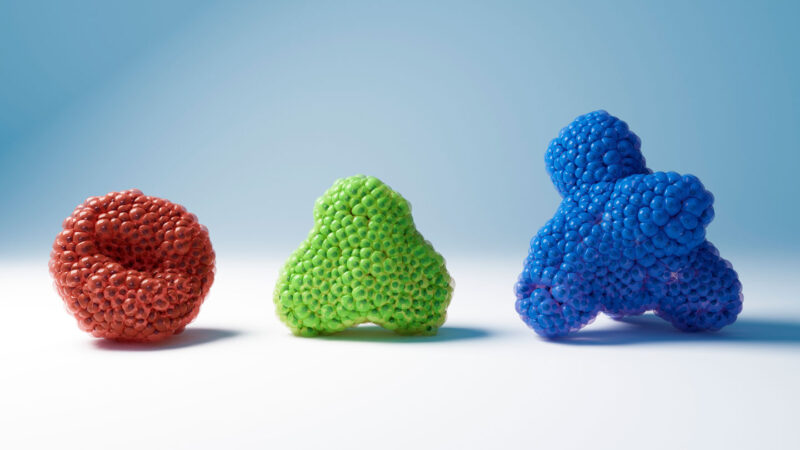Organoid (noun, “OR-guh-noid”)
An organoid is a model of an organ made from living cells. Organoids are lab tools that mimic the functions of real organs.
Organs carry out specific jobs in our bodies. Digestion begins in the stomach. The brain processes information about the world. Kidneys remove wastes from the blood.
Organoids are small groups of cells cultured to grow into 3-D shapes. Some organoids are microscopic, but scientists also grow larger ones at the scale of a centimeter (0.4 inch) or more. Mimicking the functions of real organs makes organoids useful for testing how drugs might affect our real organs.
But that’s not all. Scientists can create organoids from a patient’s own cells. Consider a person with cancer, for example. Organoids made from the person’s cells may allow scientists to predict how that specific patient will respond to treatments.
Making artificial organs from living cells is challenging. Inside our bodies, cells build complex 3-D structures — hearts and lungs, for example. But when grown in a petri dish, these same cells grow into flat layers.
Scientists have gotten creative with how to overcome this challenge. For example, scientists can use 3-D printers to deposit cells into artificial structures that have a certain shape. This technique is called bioprinting. Scientists also use 3-D printers to create the artificial structures that encourage those living cells to grow a certain way. Some researchers create liquid-linked channels in 3-D printed dishes meant to mimic the tube networks crucial to some organs.
These structures look nothing like real organs. But they can help scientists imitate some aspect of a complex organ.
In a sentence
Thanks to lab-grown organoids, scientists can test new medicines on artificial organs rather than real ones.
Check out the full list of Scientists Say.




